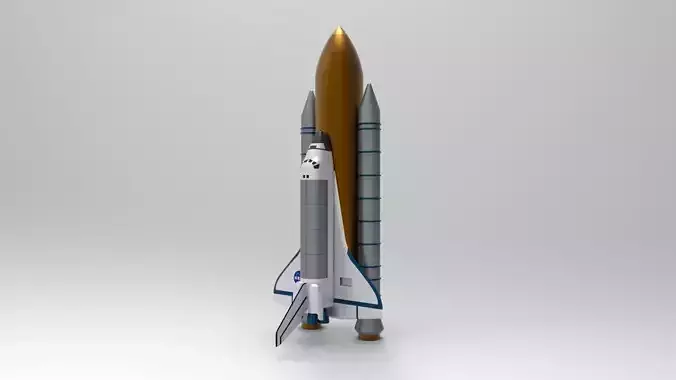1/5
The Space Shuttle, developed by NASA, was a groundbreaking spacecraft that revolutionized human spaceflight. It comprised of three major components: the orbiter, the solid rocket boosters, and the external tank. The Space Shuttle was designed for reusable space travel, enabling astronauts to launch into space, perform a wide range of missions, and return safely to Earth. Throughout its operational life from 1981 to 2011, the Space Shuttle played a crucial role in deploying satellites, conducting scientific experiments, repairing and servicing satellites in orbit, and transporting astronauts and equipment to and from the International Space Station. Its iconic delta-wing shape and its ability to glide and land on a runway made it a marvel of engineering and reusability. Although the Space Shuttle program faced challenges and ultimately concluded, it left an indelible mark on space exploration, paving the way for future spacecraft and inspiring generations with its incredible achievements and advancements in space technology.
REVIEWS & COMMENTS
accuracy, and usability.





